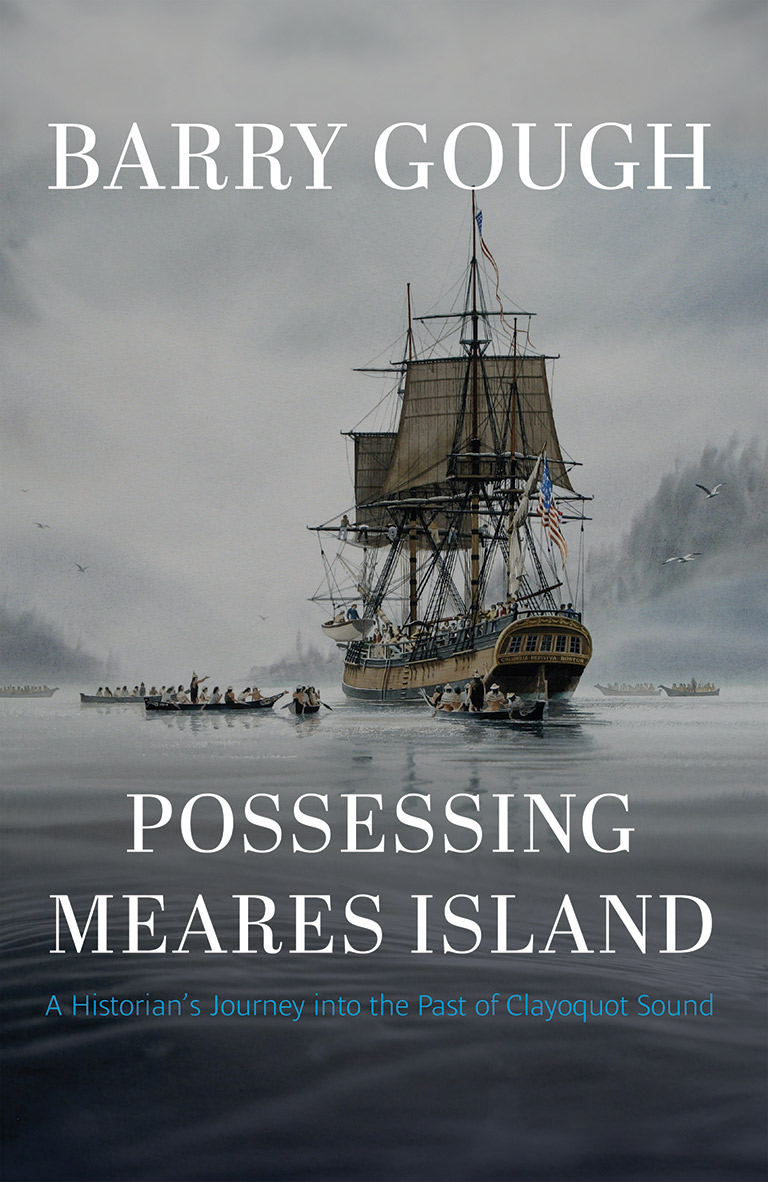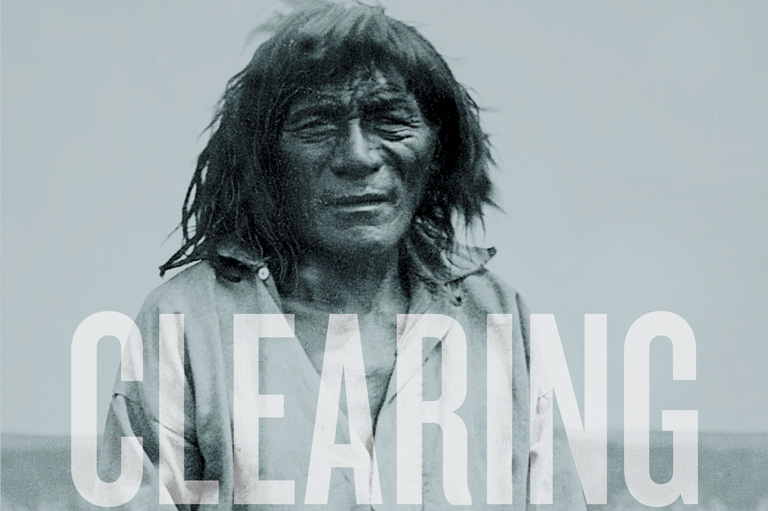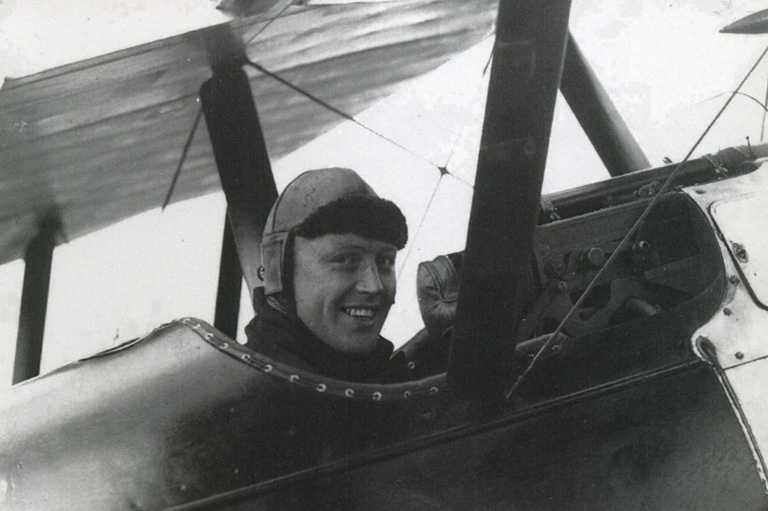Possessing Meares Island

Possessing Meares Island: A Historian’s Journey into the Past of Clayoquot Sound
by Barry Gough
Harbour Publishing,
264 pages, $36.95
The War in the Woods of the 1980s and 1990s pitted the government of British Columbia against the First Nations of Meares Island, B.C., in a battle over Indigenous rights to the land and its resources. The provincial government had granted a license for clear-cut logging on the island to the forestry company MacMillan Bloedel. The First Nations, represented by the Nuu-chah-nulth Tribal Council, argued that the land and forests belonged to them. The maintained that MacMillan Bloedel had no right to cut down trees and that the B.C. government had no right to authorize the cutting.
Although the confrontation sometimes grew physical — protestors blocked roads and ports, and some environmental activists drove metal spikes into trees, potentially threatening the lives of chainsaw-wielding loggers — in the main the battle was fought by the pen, not by the sword. In 1985, after MacMillan Bloedel received a court injunction to stop protesters from blocking access to the trees — and the First Nations, led by Tla-o-qui-aht (Clayoquot) Chief Moses Martin, received a counter-injunction to stop loggers from cutting those same trees — the stage was set for a multi-year legal showdown.
As lawyers for the First Nations gathered evidence to support their case, they assembled a team of experts in the archaeology, anthropology, and history of Meares Island. Among those experts was professor Barry Gough, a maritime and naval historian who had studied the interactions between traders, imperialists, and the Indigenous communities of the Pacific Northwest during the colonial period of the British Empire. The extensive research Gough undertook as part of the case to prove that Aboriginal title to the land existed, and had never been ceded to the Crown, forms the basis of his book Possessing Meares Island.
According to Canadian legal precedent, in order to prove that Aboriginal title to the land existed, the lawyers for the First Nations needed to show that the ancestors of the Indigenous people they represented were members of an “organized society” that had occupied the lands in question at the time when England asserted sovereignty over those lands.
To do so, Gough went back to the ship’s logs and travel narratives of the late 1700s, when maritime traders first encountered the Indigenous peoples of Meares Island in Clayoquot Sound, off the east coast of Vancouver Island. In his book he cites multiple narratives that tell of the Nuu-chah-nulth people who inhabited this area under the sway of the great Chief Maquinna and who hunted sea otters to trade their furs for European goods such as blankets, muskets, knives, and iron cookware. Gough draws at length, for example, from the writings of British Captain John Meares, after whom the island was eventually named.
During a trading voyage in 1788, Meares was welcomed to a village by the great chief himself: “About noon Wickaninnish arrived in a small fleet of canoes. He undertook to pilot Meares’ ship into his harbour…. Nearby was a village, and it is shown on Meares’ plan. There, upon invitation, the English mariners were treated to a feast of unimagined delicacies…. Wickaninnish, the supreme host, made every attempt to make Meares happy, and he was successful, for these two headmen, as it were, made a compact that the one would collect skins and the other would return during the next trading season to take in the prize cargo reserved for him. This is one of the first recorded contracts of Northwest Coast trade.”
Gough follows the documentary trail from those earliest encounters, through the boom and bust of the sea otter fur trade, to the “turbulent decades” of the 1850s and 1860s that were “characterized by changing economic circumstances, internecine wars [and] Indigenous population dispersals and declines,” to the extension of British law and authority over the region and, eventually, the entry of British Columbia into Canadian Confederation in 1871. Through it all, he demonstrates that, “as late as the mid-nineteenth century, Wickaninnish and his kin remained in peaceful possession of Clayoquot Sound…. The Nuu-chah-nulth peoples had not died off. They had shown resilience in the face of the industrial revolution brought to them in the holds of ships.”
Much like the ships that plied the oceans during the age of sail, Gough’s narrative ranges widely, tying the Nuu-chah-nulth villages of Meares Island to the globe-spanning trade and imperial designs of the British, Spanish, American, Russian, and Chinese empires. The book’s vast cast of characters encompasses Indigenous chiefs, sea captains, and colonial authorities of many nations. Maps and charts, as well as informative endnotes and a thorough index, provide useful reference points for navigating this sometimes-convoluted tale. Gough’s writing style combines grandeur with intimacy, inviting readers to share vicariously in the passion and adventure of the story’s world-shaping events.
Themes associated with this article
Advertisement




